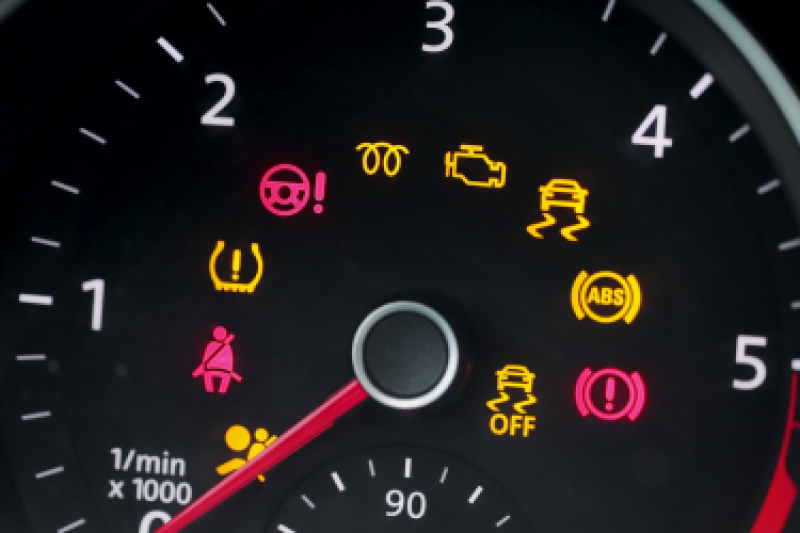
Dashboard warning symbols can come in all sorts of shapes, sizes and colours.
While the in-car manual often has pages explaining each one in detail, finding the right page while you’re at the side of the road isn’t always easy.
We’ve created this useful guide to dashboard icons, common symbols, and what they all mean.
What do dashboard warning lights mean?
Dashboard lights and icons pop up to let you know how your vehicle is running.
Vehicles are full of electronic sensors that are constantly monitoring your car. These lights and symbols are a simple way of feeding that information back to you.
Some of these icons pop up constantly, like the symbols that briefly appear on your dashboard when you first enter the key or turn on the ignition.
Other icons appear when something isn’t working correctly, while some only appear when there is a serious and potentially dangerous problem with your vehicle.
What do red dashboard warning lights mean?
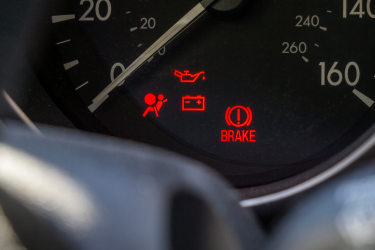
Red dashboard warning lights appear when there is a severe and potentially dangerous problem with the vehicle.
Whenever a red warning light appears on your dashboard, you should stop driving as soon as it’s safe to do so.
Common types of red dashboard warning lights include:
- airbag warning light
- brake warning light
- power steering warning light
What do yellow dashboard warning lights mean?
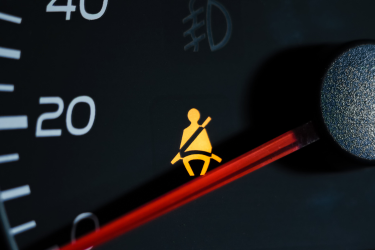
Yellow warning lights appear on your dashboard to let you know that something isn’t working correctly.
When these appear on your dashboard, it’s important to take extra care while you’re driving and check the issue out as soon as you can.
Common types of yellow dashboard warning lights include:
- anti-lock brake system warning light, also known as ABS
- coolant levels warning light
- engine management light
What do green, white or blue dashboard warning lights mean?
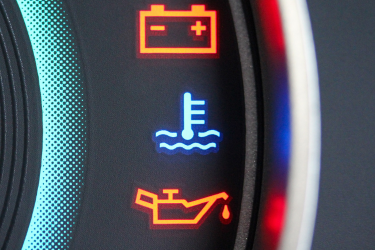
Green dashboard warning lights (which can also appear as blue or white) are the kind which can flash up when you first turn the ignition.
There’s no need to worry when these icons appear on your dashboard – these green, white and blue symbols appear to let you know that the system is working correctly or is currently being used.
Common types of green dashboard warning lights include:
- adaptive cruise control symbol
- electronic parking brake warning symbol
- lane assist symbol
What are some of the most common dashboard icons and symbols?
To make sure you can stay safe while you're out and about on the roads, here's some of the most common dashboard symbols you're likely to see, and what they all mean.
Airbag warning system light
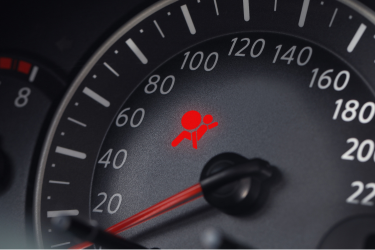
If this symbol appears on your dashboard, this means at least one element of the airbag system isn’t working correctly. This could be related to an issue with:
- the airbag system itself
- the system which detects the front passenger’s weight and position so it can deploy the airbag safely
- the system which tightens your seat belt in the event of a crash
Whenever there’s a fault with the airbag, it might fail to deploy during a crash (or even go off unexpectedly, which could itself cause a crash).
That’s why it’s very important you have any detected issues checked by a professional as soon as possible.
Brake system warning light
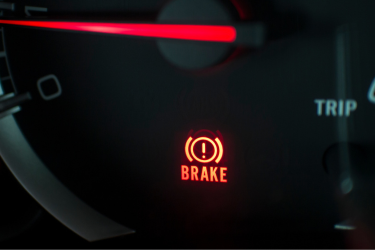
This symbol can indicate that the brake fluid level is low, and often appears after you have fully released the handbrake.
When it comes to changing or checking the brake fluid levels yourself, only do so if you know how. If you don’t, call a professional to check them for you.
Read our guide on the importance of having your car serviced and how much it can cost.
Coolant level warning light
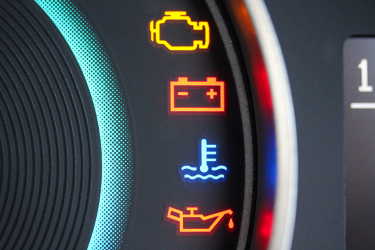
This icon appears on your dashboard when the coolant levels in your vehicle’s engine are running low and need to be topped up.
Coolant fluid absorbs the heat from your engine and distributes it through the radiator, cooling the engine and preventing it from overheating.
When this icon appears in red, this indicates the engine is overheating and means you should stop as soon as it is safe to do so.
We have a handy video to help you refill your car's engine coolant.
Battery warning light
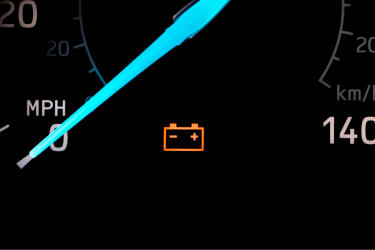
This symbol means your vehicle’s battery isn’t charging, either because of a problem with the vehicle’s electrical system, or due to an issue such as a faulty battery, a broken connection or damaged cable.
When this symbol appears, it’s important you get to a garage as soon as you can – while your vehicle will run normally until the battery is flat, nothing in your vehicle will work once it’s been drained.
Oil, temperature, and pressure warnings
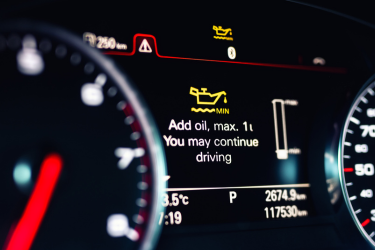
If the oil warning light appears on your dashboard, this means the oil level in the engine is either too low, or that the oil temperature is too high.
When this appears, you should stop the vehicle as soon as it’s safe to do so and turn off the engine – using the engine while it isn’t being properly lubricated can cause expensive (and possibly terminal) damage.
Some modern cars are even fitted with tyre pressure warning lights, which appear when the pressure in the tyre begins to fall either due to use or a puncture.


